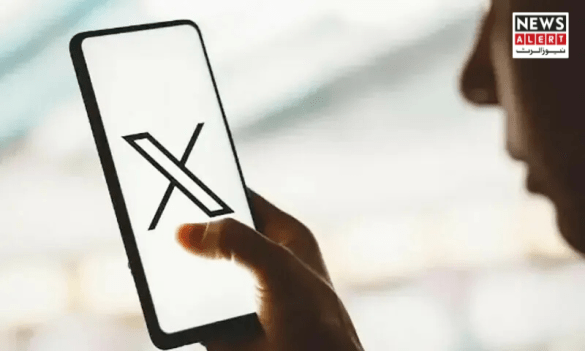Apple Prepares to Enter the Foldable Market
Apple is reportedly preparing to launch its first foldable iPhone in 2026, marking one of the company’s most significant hardware shifts in years. Leaks suggest major details about its design, battery, and pricing While competitors like Samsung, Huawei, and Oppo have already released foldable devices, Apple has so far stayed away from this emerging market.
Industry watchers see this step as a calculated move. Apple typically waits until new technologies mature before adopting them. By 2026, foldable smartphones will have been available for almost a decade, giving Apple time to refine its own design.
Internal Codename “V68” and Book-Style Design
According to a Bloomberg report, Apple’s foldable iPhone carries the internal codename “V68.” The device is expected to follow a book-style design, similar to Samsung’s Galaxy Z Fold series.
The main display is rumored to measure between 7.9 and 8.3 inches when unfolded, making it one of the largest iPhones ever produced. When folded, the device will function like a standard iPhone, but when opened, it could offer a tablet-like experience suitable for productivity, entertainment, and multitasking.
Advanced Camera System Despite Foldable Design
One of the biggest challenges in foldable devices has been maintaining high-quality cameras without compromising the slimness of the design. Reports suggest Apple plans to include four cameras on the foldable iPhone:
-
One front-facing camera for selfies and video calls.
-
One camera embedded inside the foldable display.
-
Two advanced cameras on the back of the device.
Apple is expected to equip the phone with its latest imaging technologies to ensure photography remains a strong selling point, even with the foldable form factor.
Touch ID Returns, Face ID Steps Aside
Perhaps the most surprising leak is Apple’s decision to replace Face ID with Touch ID in its foldable model. Touch ID may be integrated into the display itself or built into the side button.
The shift could be due to technical limitations in implementing Face ID on a foldable screen, or it may reflect Apple’s broader interest in diversifying its biometric security options.
eSIM-Only Future: No Physical SIM Slot
Another notable change is the complete removal of the SIM card slot. Apple is reportedly making the foldable iPhone eSIM-only, extending a trend it began with the iPhone 14 in the United States.
This move signals Apple’s vision of a fully wireless future. While eSIM adoption is growing worldwide, some regions still rely heavily on physical SIM cards. The shift may therefore spark debate about accessibility and regional compatibility.
Expected Price: Apple’s Most Expensive iPhone Yet
The foldable iPhone is expected to carry a premium price tag. Reports suggest it could cost between $2,000 and $3,000, making it the most expensive iPhone in Apple’s history.
In comparison, the Samsung Galaxy Z Fold 5 launched at around $1,800, while Huawei’s Mate X3 sells for about $2,200. Apple’s higher pricing would not be unusual, given its history of positioning products at the premium end of the market.
For consumers in Pakistan, the estimated price range translates to five to eight lakh rupees. Such a high cost may limit its reach to early adopters, business users, and tech enthusiasts.
A Strategic but Cautious Move
Apple has long been criticized for being slow to adopt new hardware trends. However, the company’s strategy has consistently been to wait until technologies are mature before entering the market.
When the iPhone first launched in 2007, it was not the first smartphone. Similarly, the Apple Watch and AirPods entered categories where rivals had already experimented, yet Apple quickly dominated those markets with polished designs and integrated software.
Industry analysts believe the foldable iPhone could follow a similar trajectory. By 2026, Apple may be able to avoid the durability concerns and design compromises that plagued early foldable devices.
Impact on the Smartphone Industry
If successful, Apple’s foldable iPhone could reshape the smartphone landscape. Apple’s entry often accelerates adoption across the industry, pushing competitors to innovate further.
For developers, the larger foldable screen will create opportunities for new app experiences. For consumers, it could mark a shift toward hybrid devices that combine the power of a tablet with the portability of a phone.
Conclusion
Apple’s rumored foldable iPhone represents more than just another device launch. It symbolizes Apple’s careful but ambitious approach to new technology. With a massive screen, advanced cameras, Touch ID, and eSIM-only connectivity, the device could set new benchmarks for the industry.
While its steep price may keep it out of reach for many, the foldable iPhone could be a turning point in mobile technology — one that not only defines Apple’s future but also shapes the direction of smartphones worldwide.















